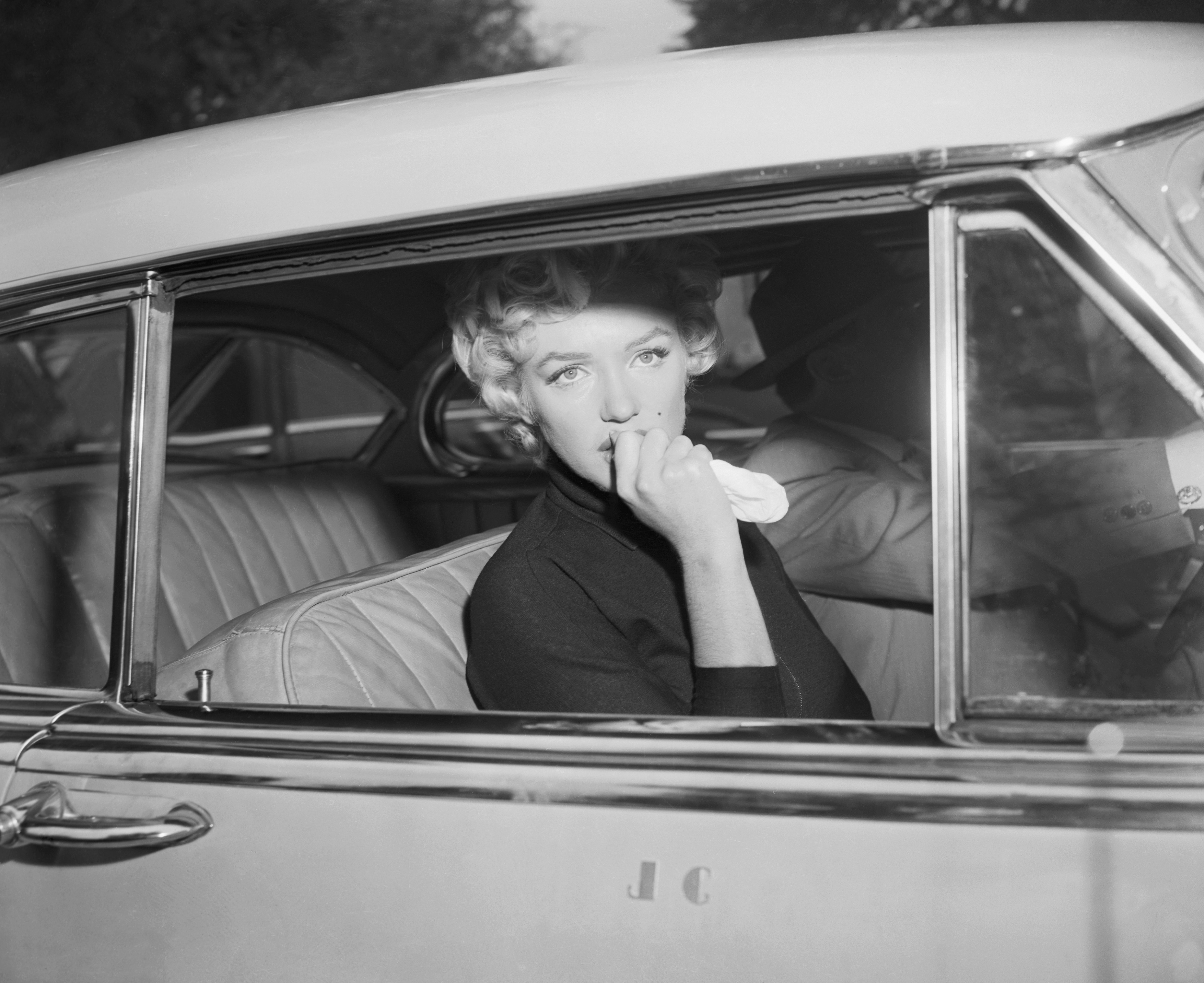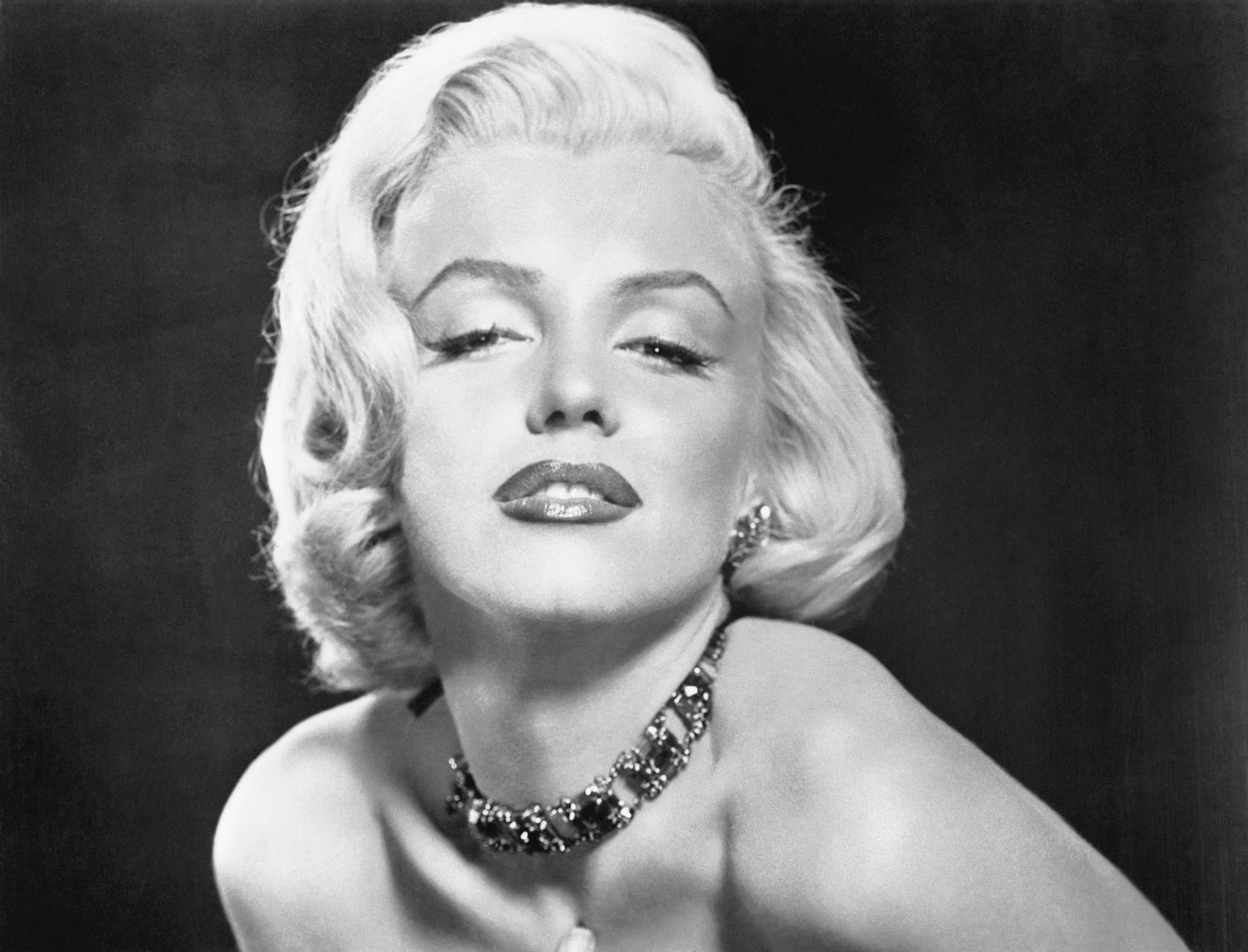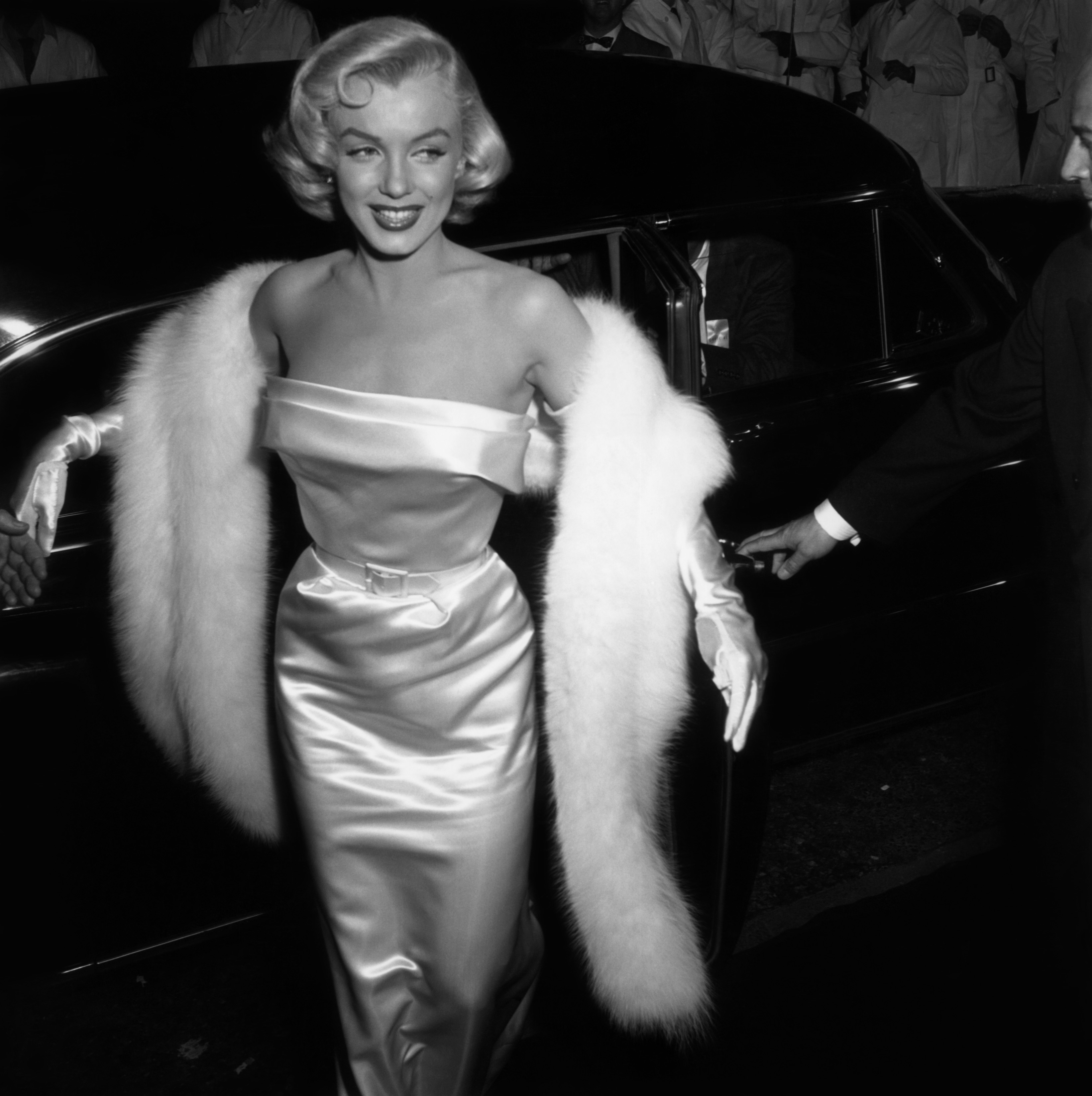
‘The Man Who Knew How Marilyn Died’: Private Detective Unveils Truth about Monroe’s Unknown Disappearance
A hidden chapter in the saga of a late silver screen icon comes to light as a private investigator's diligent search uncovers startling revelations about her least-known struggle. The narrative of Marilyn Monroe's unknown disappearance, before she died, is steeped in mystery and intrigue, and adds depth to a tale previously thought familiar.

Marilyn Monroe posing for a picture in 1959. | Source: Getty Images
In a revelation that peels back yet another layer of Hollywood's glamorous veneer to reveal its murky underbelly, newly unveiled details about Marilyn Monroe's life suggest an intriguing complexity beneath her celebrated persona. The late icon—known as much for her magnetic screen presence as her tumultuous personal life—was reportedly found in a dire state years before her tragic death in 1962.

Marilyn Monroe photographed relaxing and reading a book on a sofa bed in 1951. | Source: Getty Images
Fred Otash, a name synonymous with the golden age of Hollywood scandal, emerges from the shadows of the past to reveal a shocking chapter from Monroe's life. According to a report by DailyMail.com, an exclusive excerpt from a gripping new biography details how the former LA cop turned private investigator discovered Monroe in a precarious situation in 1956.

Marilyn Monroe seen crying in a car in Beverly Hills, California in 1954. | Source: Getty Images
In an operation that reads like a film noir thriller, Otash was informed by E. Maurice Adler—a nervous studio executive—of Monroe's disappearance amid the production of "Bus Stop." "Marilyn has disappeared," he stated gravely, elucidating that Monroe failed to report to the set of the movie or inform anyone of her whereabouts.

Marilyn Monroe pictured sitting in a car during the filming of "The Misfits" in the Nevada Desert in 1960. | Source: Getty Images
The pressure was mounting; Monroe's absence was costing the studio a fortune and Adler tasked Otash with locating the star at any cost. In a determined search for Monroe, Otash returned to his office, delving into his extensive network of contacts and files for any clue of her whereabouts.

Marilyn Monroe photographed lying on the floor in 1955. | Source: Getty Images
With the help of a client who was an attorney, he was led to a disreputable figure known for his criminal activities and ties to Monroe. This individual—a drug dealer battling his own addiction—set off alarm bells for Otash, given Monroe's history with substance abuse.

Marilyn Monroe seen crying in court in Santa Barbara, California on October 27, 1954 | Source: Getty Images
Not leaving any stone unturned, he enlisted the expertise of Barney Ruditsky, Joe DiMaggio's personal investigator, and his own investigator, Norman Placey. Despite their thorough search across transportation records coming up empty, Otash's insight into the clandestine ways of the celebrity world led them to scrutinize travel agency bookings for possible aliases used by Monroe.

Marilyn Monroe photographed leaving home in 1954. | Source: Getty Images
The breakthrough came when Otash spotted the name Pearl Baker in the booking ledgers which was a pseudonym linked to Monroe's mother. This clue directed Ruditsky and Placey to a seedy motel in Santa Barbara, where, upon arrival, the urgency of their mission prompted a decisive action plan.

The bedroom where Marilyn Monroe was found deceased on August 6, 1962 | Source: Getty Images

The bedroom where Marilyn Monroe was found deceased on August 6, 1962 | Source: Getty Images
When Ruditsky phoned Otash to ask if they should enter the motel room, Otash was initially conflicted with the moral dilemma of intruding on Monroe's privacy, however, he gave them the go-ahead, fearing the worst given the circumstances. After knocking on the door, entering the room, and pushing the dealer to the side, they found Monroe naked and unconscious and seemingly on the brink of death.
The room was littered with drug paraphernalia, a stark contrast to Monroe's public image. With the help of his team, Otash ordered them to clean up, and drop the dealer off at a bus station, never to be seen or heard from again. Monroe was then transported to a discreet private Hollywood clinic where she recovered before returning to the studio under the guise of recuperating from exhaustion.
This incident, veiled in secrecy, went unpublicized until now and forms part of the broader narrative detailed in the upcoming biography "The Fixer: Moguls, Mobsters, Movie Stars, and Marilyn" by Josh Young and Manfred Westphal.

Marilyn Monroe pictured leaving a hospital in 1954. | Source: Getty Images
The book promises a deep dive into Otash's life, uncovering his role as Hollywood's most infamous "fixer." Otash's investigative prowess and willingness to cross moral boundaries made him a pivotal figure in the industry, handling matters that the glittering lights of Hollywood would have rather kept in the dark.

Marilyn Monroe during the filming of "The Seven Year Itch" in Manhattan, New York in 1954. | Source: Getty Images
Readers have expressed keen interest in Otash's story, particularly his connection to Marilyn Monroe. "I remember hearing about him and Marilyn Monroe. It was always said that he had a recording of her death," remarked one reader. Another eagerly expressed, "The man who knew how Marilyn died?! Yes, I am in!"

Marilyn Monroe posing for a picture in 1955. | Source: Getty Images
The biography, expected to hit shelves later this month, is already generating buzz for its bold exploration of Hollywood's hidden narratives. Through Otash's eyes, readers will journey into a world where the boundaries between law and lawlessness blur, and where the stars' most intimate secrets become the currency of power.

Marilyn Monroe arriving at the premiere of "There's No Business like Show Business" in 1954. | Source: Getty Images
The revelations about Monroe's near-fatal overdose and the clandestine efforts to preserve her image cast a new light on the vulnerabilities of those the public idolizes. Otash's story, and by extension, Monroe's, serves as a poignant reminder of the human cost of fame.
As the curtain is pulled back, people are compelled to confront the realities that lurk behind the facade of glamour, reminding us that the stars we adore are, in the end, as human as we are.
The information in this article is not intended or implied to be a substitute for professional medical advice, diagnosis or treatment. All content, including text, and images contained on news.AmoMama.com, or available through news.AmoMama.com is for general information purposes only. news.AmoMama.com does not take responsibility for any action taken as a result of reading this article. Before undertaking any course of treatment please consult with your healthcare provider.
